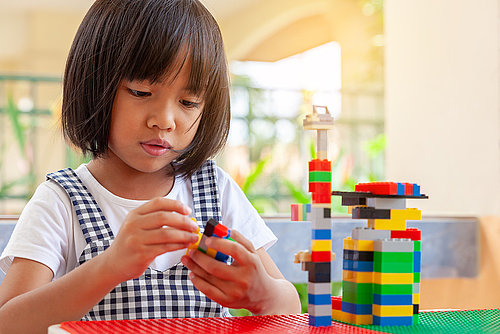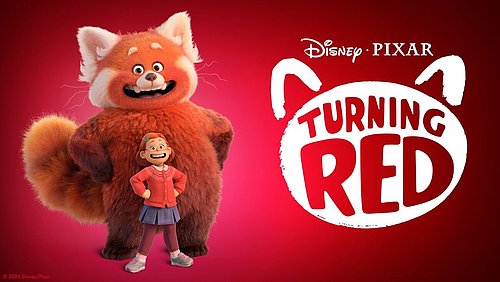
London Toy Fair 25 - a story about what parents and children need, want, and love
How consumer insights are shaping the future of play
By
Sev Marcel

The London Toy Fair 2025 has just wrapped up at Olympia London, and I can still feel the buzz of excitement that comes from stepping into one of the toy industry’s biggest annual gatherings. Picture me wandering through aisle after aisle of colourful creations—handcrafted wooden puzzles, interactive robot kits, plush characters inspired by the latest streaming hits—and all the while, behind every stand, there’s a story about what parents and children need, want, and love. Yes, the Toy Fair always offers a whirlwind of innovations and flashy displays, but what struck me most this year was just how vital it is to understand parents if you truly want to see a toy brand succeed.
Let’s be honest: the toy market has become an incredibly competitive space, not just in the UK, but around the globe. The sheer volume of options can make you dizzy—STEM kits for every grade level, environmentally friendly start-up brands tackling waste, collectible figurines tied to the newest movie franchise. If you’re like me, you probably wonder sometimes, Where do I even start? Well, it turns out the savviest companies have already figured that out: they begin with consumer research. Not simply focusing on flashy features or the latest “wow” factor, but on what parents genuinely care about. Parents don’t just buy a toy; they invest in an experience that reflects their family values, goals, and aspirations for their children.
I know in my own life, I often look for toys that serve more than one purpose. Yes, fun is front and centre—because what good is a dull toy? But I also find myself wanting tools that nudge my kids (and let’s be honest, sometimes the grown-ups too!) toward creativity, problem-solving, empathy, or even a dash of resilience. This year at Toy Fair, a collaborative board game demonstration from Big Potato Games (Stand D21) really stood out. They’re well-known for their fun, casual party titles, but the new co-op game they debuted focuses specifically on teamwork and communication—two life skills I’d love for my family to keep polishing. Another stand that caught my eye was EDURINO, which showcased coding kits that seamlessly blend play-based learning with an approachable, kid-friendly design. Their booth gave a perfect example of how inclusivity and user-friendly interfaces can help demystify coding for younger children.
But how do these brands and retailers get it right? They start with data-driven strategies, employing both quantitative analysis—like surveying large sample sizes of parents for feedback—and qualitative methods, such as focus group testing, observational studies, and in-home product trials. By leveraging robust survey methodology and user experience research, toy developers can uncover practical insights into everything from brand affinity to how children actually play day-to-day. The results of this consumer insight work create a roadmap for aligning product features with what parents value, whether that’s educational impact, environmental responsibility, or just plain old-fashioned fun.
When it comes to the bigger picture, especially for any business hoping to stand out, there’s a clear takeaway: knowing your audience deeply and personally is non-negotiable. It’s the foundation on which strong toy brands are built. Every booth at the Toy Fair had a polished pitch, but the brands that lingered in my memory were those who backed their creativity with actionable consumer data—demonstrating an authentic grasp of what it’s like to be a parent right now. They weren’t merely playing catch-up with a passing trend; they were responding to direct feedback and showing how their products align with parents’ desire for play with purpose.
One of the reasons I love attending events like the London Toy Fair is how it reaffirms the power of truly knowing your market. When you combine creative flair with genuine market research, you end up with something that goes well beyond a mere toy. You get a product that creates lasting value in a family’s daily life—and that’s what parents talk about and keep coming back for. If you ask me, that blend of playfulness and purpose is the future of the toy industry. It’s also a wonderful reminder, for all of us with a stake in consumer-facing brands, that the best way to innovate is to keep listening to the people we hope to serve. And if we need help doing that? Well, let’s just say a little data analytics never hurt anybody.


